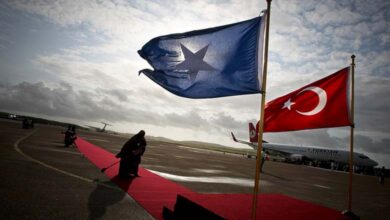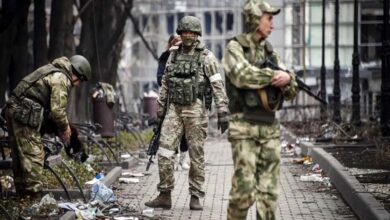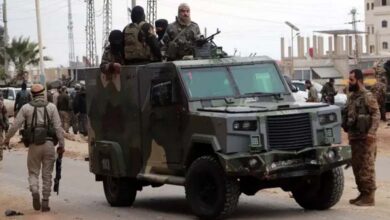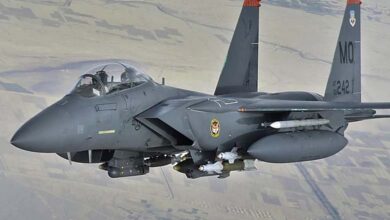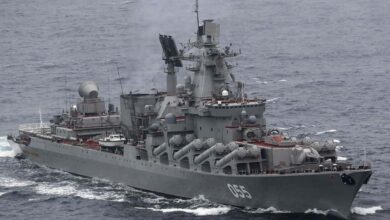Russia’s “Victories” in Ukraine: 4 Reasons Behind the Progress

In light of significant Russian advances on the battlefield, many questions arise about the factors behind this notable development. The American magazine “Defense News” reveals four main reasons behind this progress, while US Secretary of Defense Lloyd Austin offers a different perspective.
-
Russian Foreign Minister: International efforts should be intensified to reach a peace settlement in Libya
-
Targeting the Kremlin… Ukraine Fails in Its Counterattack on the Russian Capital
According to “Defense News,” Lloyd Austin has stated that Moscow “has reshaped its military force,” indicating a clear change in how the United States views Russia.
Despite American officials’ long-standing efforts to detail the losses suffered by Moscow, they have begun to acknowledge over the past two months that Russia is recovering faster than the United States had anticipated.
Rebuilding
At the start of the Russian-Ukrainian war in February 2022, Russia faced significant setbacks on multiple fronts. Widely shared images and videos on social media showed notable weaknesses in Russian military capabilities, from destroyed tanks to captured soldiers. This poor performance led Western countries to question Russia’s ability to recover and rebuild its army.
In March 2023, Avril Haines, Director of National Intelligence, warned that Russia would need years to rebuild its ground forces. She noted that there was a consensus in the US intelligence community on this assessment.
Conversely, Christopher Cavoli, the top US military officer in Europe, presented a different perspective. He stated that “Russia is back to its pre-invasion level in terms of overall military capabilities.” He acknowledged some gaps created by the war but emphasized that Moscow still has significant, and even increasing, military capabilities.
Defense Industry Resilience
Richard Connolly, an economist at the Royal United Services Institute in London, said that Russia had nearly tripled its defense budget during the war.
-
Washington strengthens its presence in northern Syria to counter Russian influence
-
Biden wants that Turkey renounce the Russian S-400 missile defense system
He added that “Russia is set to spend between $130 billion and $140 billion on defense in 2024, which represents about 6% of GDP and a third of the government’s total budget.”
Connolly pointed out that costs and wages in Russia are lower than in high-income countries, such as many NATO members, allowing the Kremlin’s defense fund to buy more weapons.
Based on official Russian figures, which Connolly noted might be exaggerated, the number of workers in the defense industry increased by 20% during the war, from 2.5 million to about 3 million now.
Sanctions Evasion
The magazine pointed out that evading Western sanctions was another factor supporting Russia’s ability to regroup its forces, with many analysts stating that these sanctions “have failed, given Moscow’s ability to redirect its supply lines through friendly countries.”
Russian Oil Sales
Trade between Russia and China grew by more than 26% from 2022 to 2023, reaching an all-time high of $240 billion, according to a report by the Center for Strategic and International Studies in Washington.
Beijing largely avoided sending weapons directly, but Chinese companies have become vital suppliers of the components Moscow needs to build its weapons, providing it with microchips and electronics.
Allied Support
The support provided by Russia‘s allies appears to be the fourth reason for its ability to regroup its forces. Since last October, North Korea has sent about 10,000 shipping containers to Russia, which could include around 3 million artillery shells, according to US government estimates.
-
Thousands demonstrate in Ukraine against possible Russian invasion
-
Crisis in Ukraine: Scenario and date of a possible Russian invasion
Iran has also provided significant military support to Russia by sending the Shahed-136 drone, known in Moscow as the Geran-2.
Russia has deployed swarms of these drones to overwhelm Ukrainian air defenses, having launched more than 3700 Shahed drones, which come in several variants.




